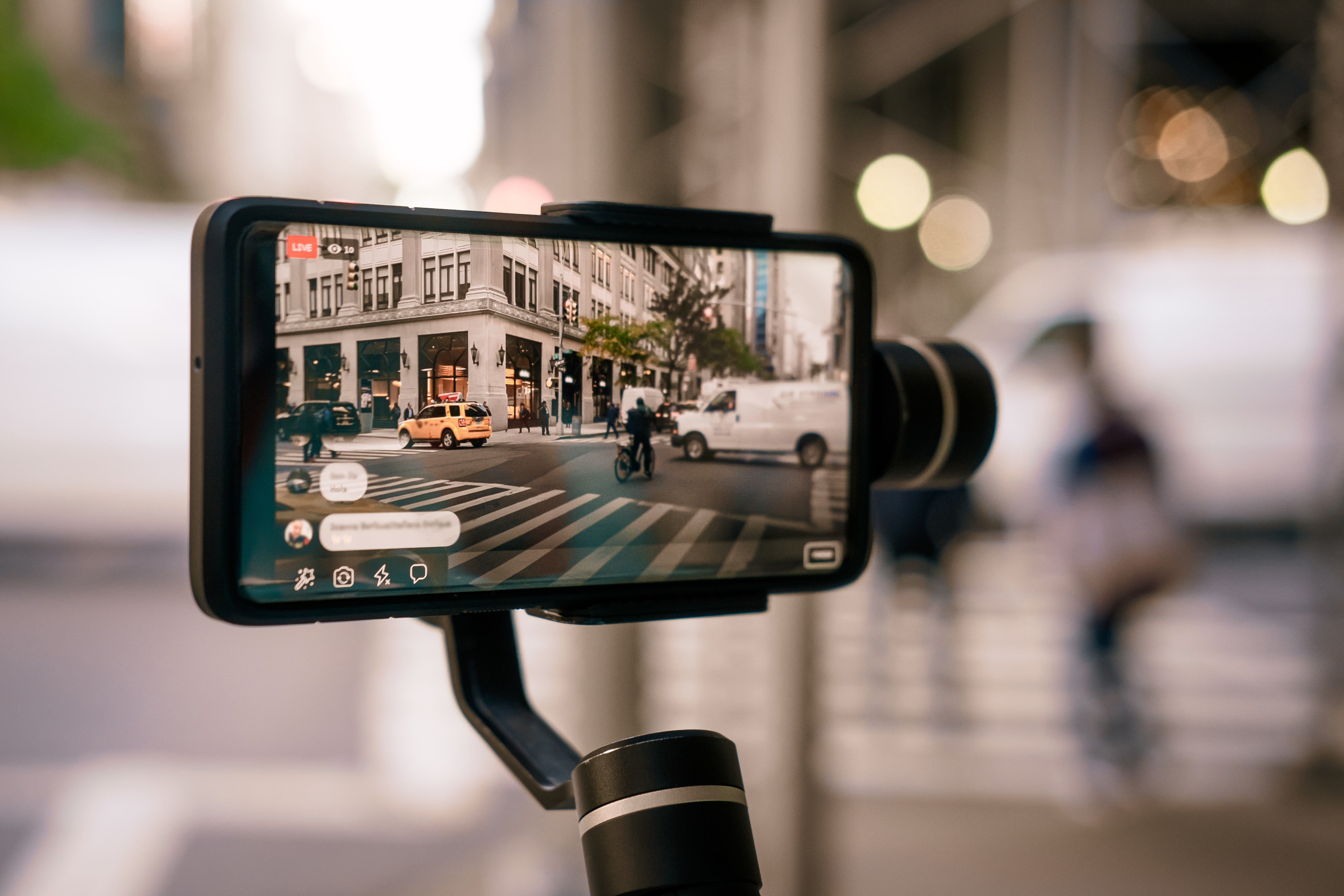How to shoot high-quality, professional video using your smartphone
– By #RSA
Video content is becoming increasingly popular due to its versatility, virality, and, most importantly, its ability to tell a story and entice an audience. Video is also accessible; anyone with internet access can watch videos. Now, with technology, just about anyone can produce video too.
Technological advances have made it possible for just about anyone to create engaging, professional-grade videos with a tool that you carry in your pocket everyday… your Smartphone. Utilizing your phone to record and produce video content is a great way to save time and money.
It is important to remember that if something isn’t quality it isn’t worth posting, and posting low-quality videos on your organization’s social media pages might be worse than not posting anything at all. Thankfully, our phones give us the ability to record and edit high-quality videos right in the palm of our hand.
There is more to video content than just the filming and editing. A lot of thought and time goes into the pre-production stage. Coming up with a clear plan for what you want your video to be can help you stay organized and save time in the end.
Before you begin filming, ask yourself these questions: What locations do I want to film at? Will I need talent? Do I need to write a script? How long should my video be? Will there be music?
Finding the answers to these questions can help you prepare to shoot your video. Coming to your shoot prepared with what you need not only showcases your professionalism, but relieves the burden of having to reshoot more footage later.
After your plan is solidified, you can move on to the production phase. Again, in order for your video content to be effective it has to look and feel professional.
Below are some ways for you to improve your Smartphone video content and elevate your organization’s social media pages:

3: Incorporate different angles
Just like any other content, if there isn’t enough variety, your video may get boring. No one wants to look at the same clip 4 times in one tv spot. Paying attention to your angle and the depth of your shot plays a large role in how your audience perceives it. For example, a wide shot establishes the scene and gives you an entire picture of what’s going on. Close-up shots are powerful in helping convey emotion and emphasizing the details of your scene. Creating content that is dynamic will help people stay engaged with your videos.
4: Composition
Composition is somewhat related to incorporating a variety of angles and shots into your video. One thing to remember when shooting on a Smartphone is to never use your zoom feature. Smartphones use digital zoom rather than optical zoom, which means zooming the image will increase your pixilation. If you want to appear closer to a subject simply move yourself closer instead of relying on zoom. The rule of thirds is a guideline for photo and video composition to help you capture visually appealing images. In short, the rule of thirds breaks an image into thirds, with imaginary grid lines running vertically and horizontally. When taking photos or shooting video, lining up the points of focus in your shot with these gridlines can help create a balanced, well-composed shot.
5: Focus on lighting
Lighting can sometimes be tricky to get right. Indoor, artificial lighting can often have a harsh blue tint on camera. But, not having enough light can make your video grainy. The best time to film outdoors is early in the morning or early evening as the sun is starting to set. This way you can avoid harsh shadows or overexposed video.If you have exhausted all these tips, and are still finding your video content is not what you want, or you simply don’t have the time. Give the production team at Robert Sharp & Associates a call at 605-341-5226.
Our team can help write your script, produce a shot list, gather talent, shoot footage, and edit it together to create a beautiful end product that captures your essence, tells your story, and reaches your audience!
Last Modified:


